Heroes of the Air: A. Jerrard by S. Drigin
WHEN Flying, the new 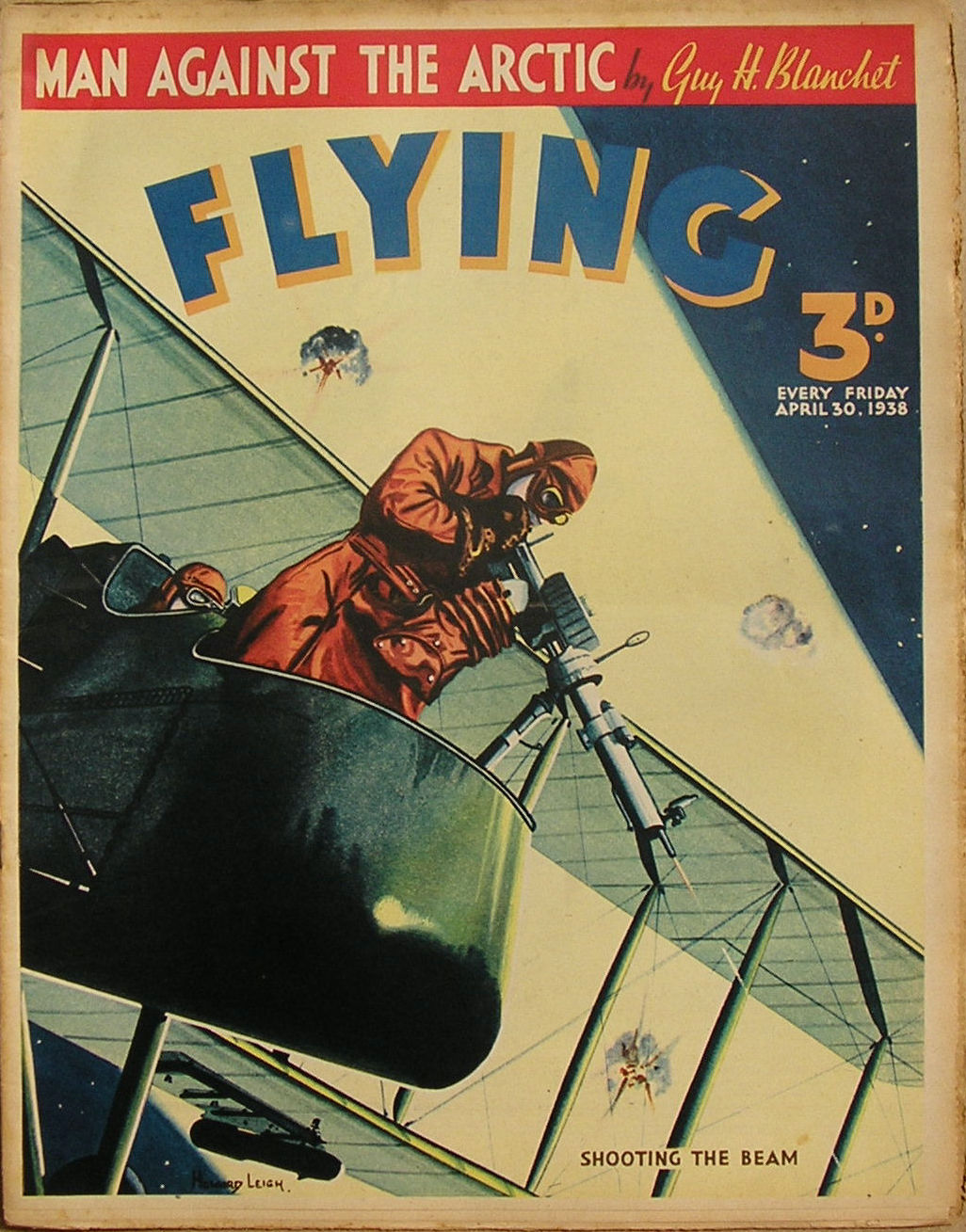 weekly paper of all things aviation, started up in England in 1938, amongst the articles and stories and photo features was an illustrative feature called “Heroes of the Air.” It was a full page illustration by S. Drigin of the events surrounding how the pictured Ace got their Victoria Cross along with a brief explanatory note.
weekly paper of all things aviation, started up in England in 1938, amongst the articles and stories and photo features was an illustrative feature called “Heroes of the Air.” It was a full page illustration by S. Drigin of the events surrounding how the pictured Ace got their Victoria Cross along with a brief explanatory note.
Russian born Serge Drigin became a successful illustrator in the UK in the 1920s with his work regularly appearing in such British magazines as The Detective Magazine, Modern Boy and Chums. He is probably best known for his startling covers for Scoops, Air Stories, War Stories, Fantasy and others in the 30s.
From the 30 April 1938 issue of Flying:
LIEUT. A. JERRARD WINNING THE VICTORIA CROSS BEHIND THE GERMAN LINES, MARCH, 1918
LIEUTENANT Jerrard was, strangely enough, the only pilot to win a V.C. for an exploit in a Camel. It was on March 30, 1918, that Jerrard found himself a few hundred feet above an enemy aerodrome after just having shot down a German machine. What he saw on looking down would have sent another scurrying home to the British lines. No less than nineteen aeroplanes were preparing to take off. Jerrard acted quickly and decisively. Sweeping low over the aerodrome, he opened fire on the machines and as the first one took off he sent it hurtling back to crash on its own aerodrome. Other machines soon took off and attacked one of the pilots in Jerrard’s patrol. Jerrard at once went to his assistance and sent his third machine that day into the dust. By this time he had received several wounds, but he continued to fight until he was overcome by sheer weight of numbers and forced to land. In spite of his wounds and forced landing he escaped with his life. The award of the V.C. followed on May 1, and it was certainly deserved.





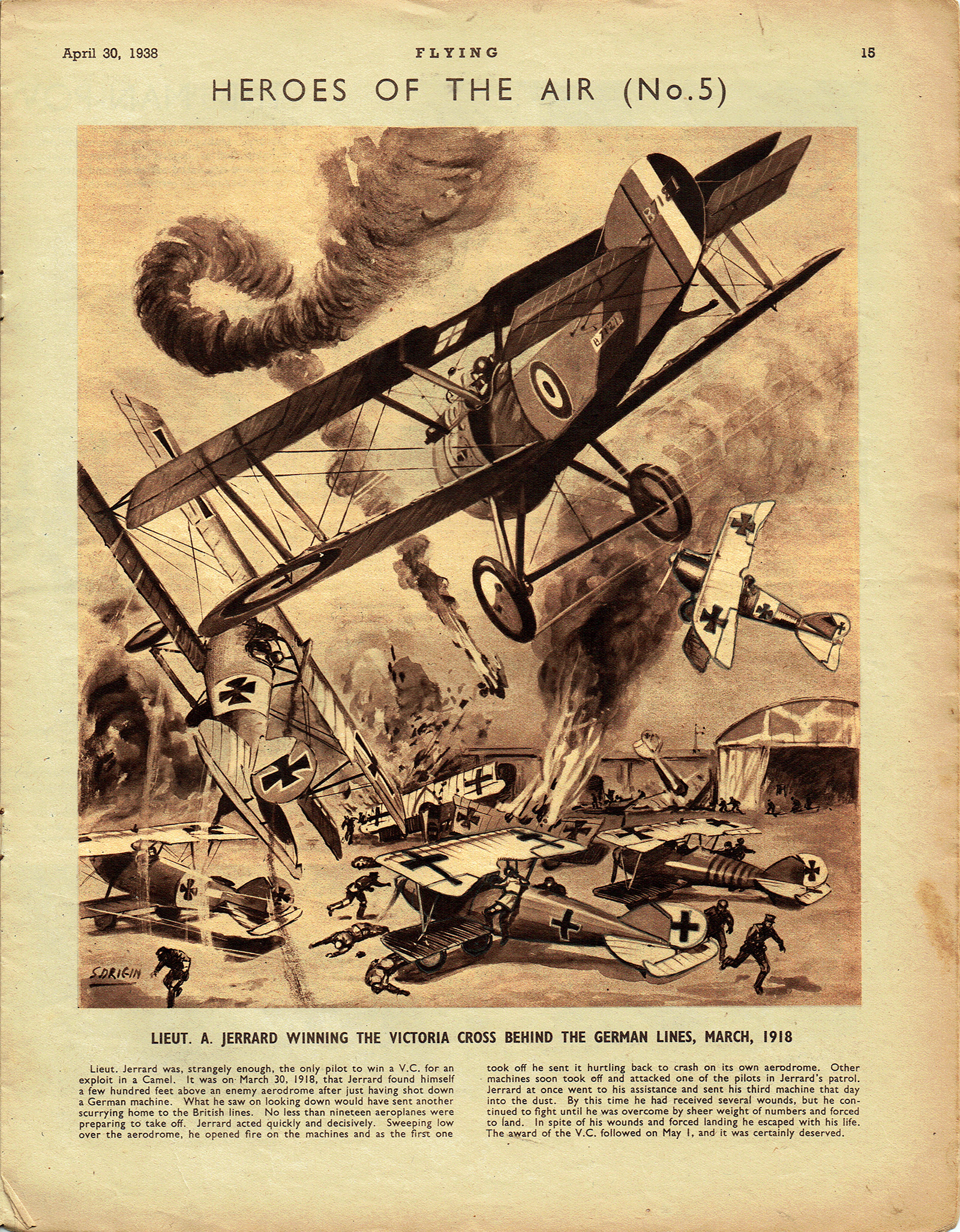
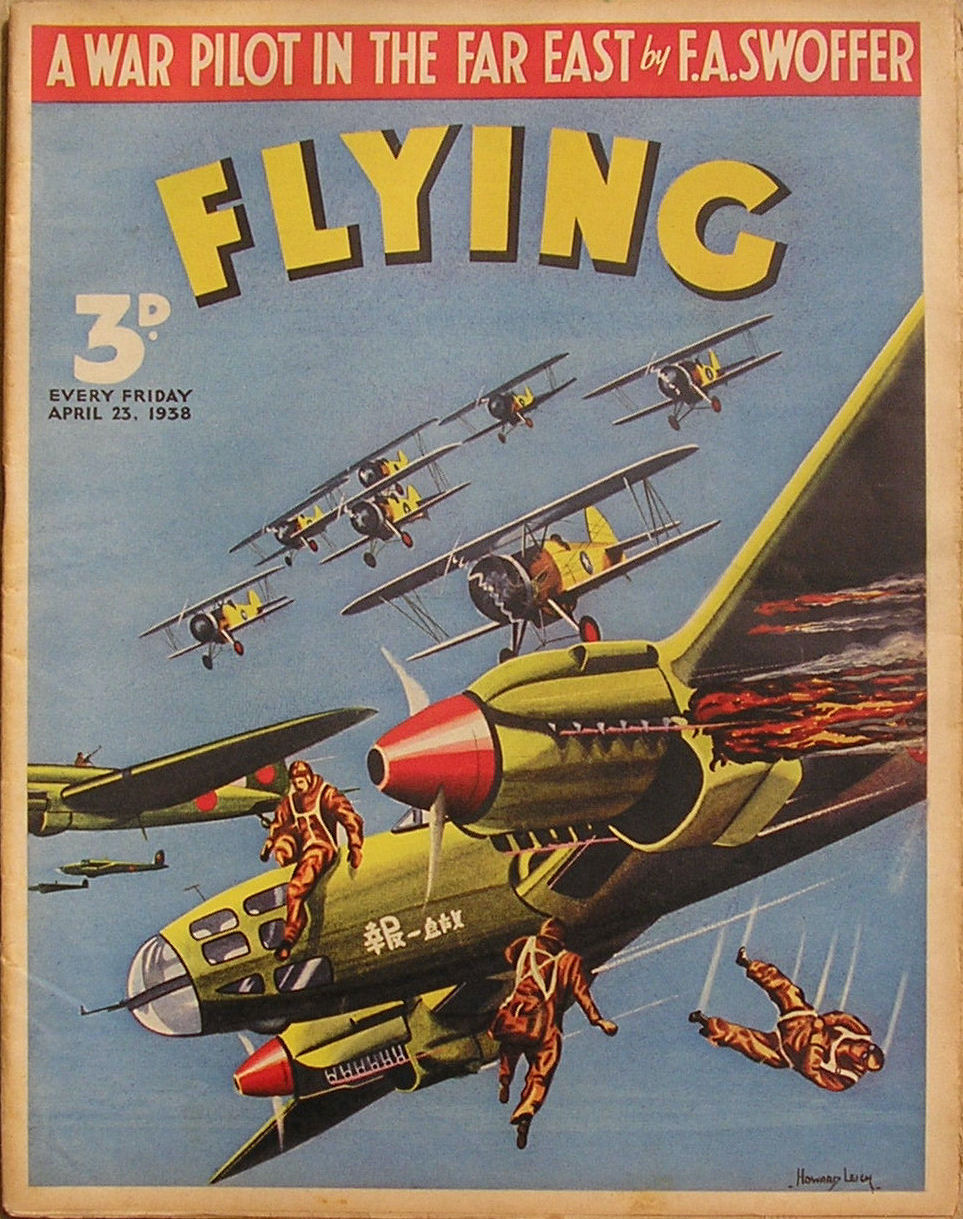 weekly paper of all things aviation, started up in England in 1938, amongst the articles and stories and photo features was an illustrative feature called “Heroes of the Air.” It was a full page illustration by S. Drigin of the events surrounding how the pictured Ace got their Victoria Cross along with a brief explanatory note.
weekly paper of all things aviation, started up in England in 1938, amongst the articles and stories and photo features was an illustrative feature called “Heroes of the Air.” It was a full page illustration by S. Drigin of the events surrounding how the pictured Ace got their Victoria Cross along with a brief explanatory note. 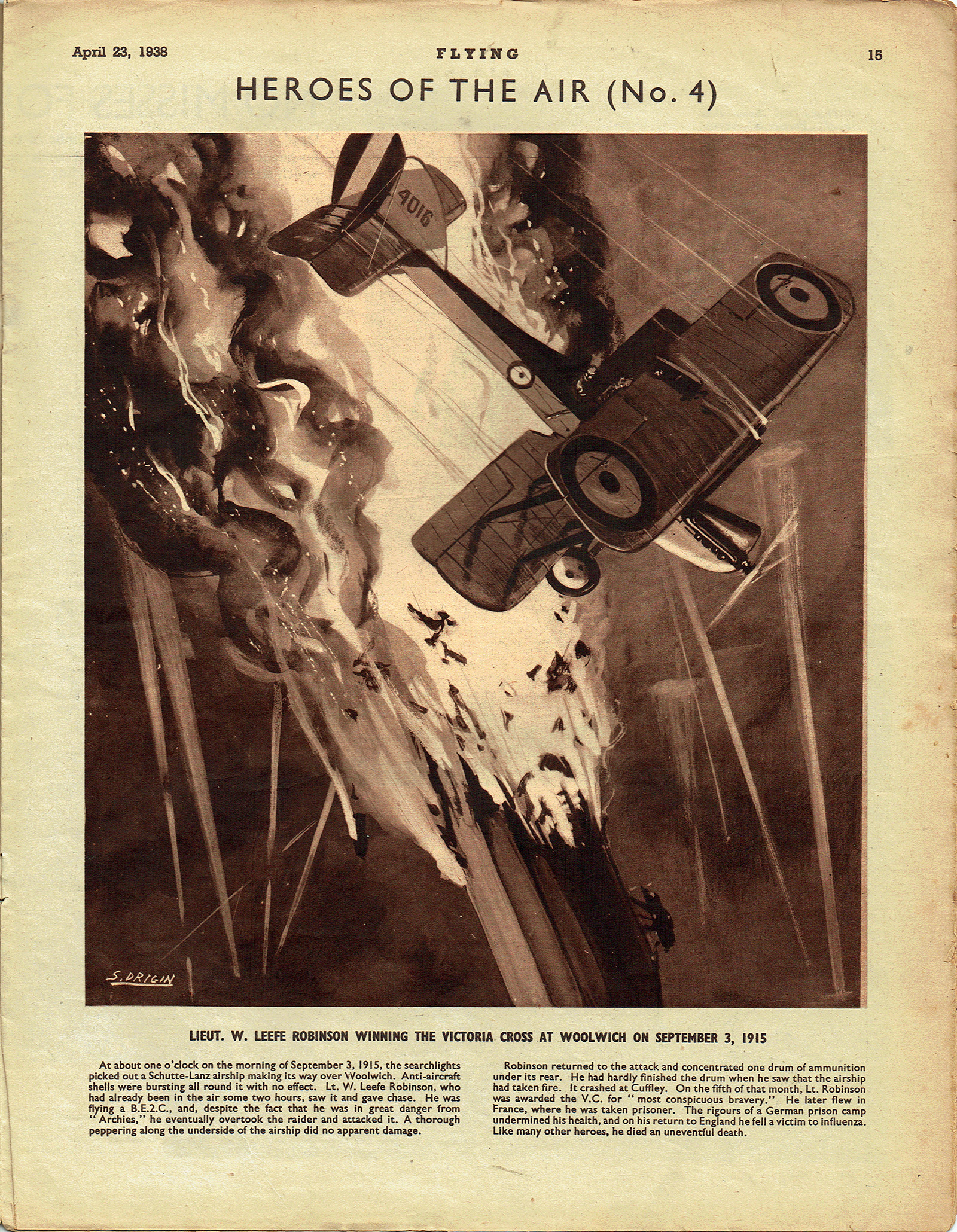
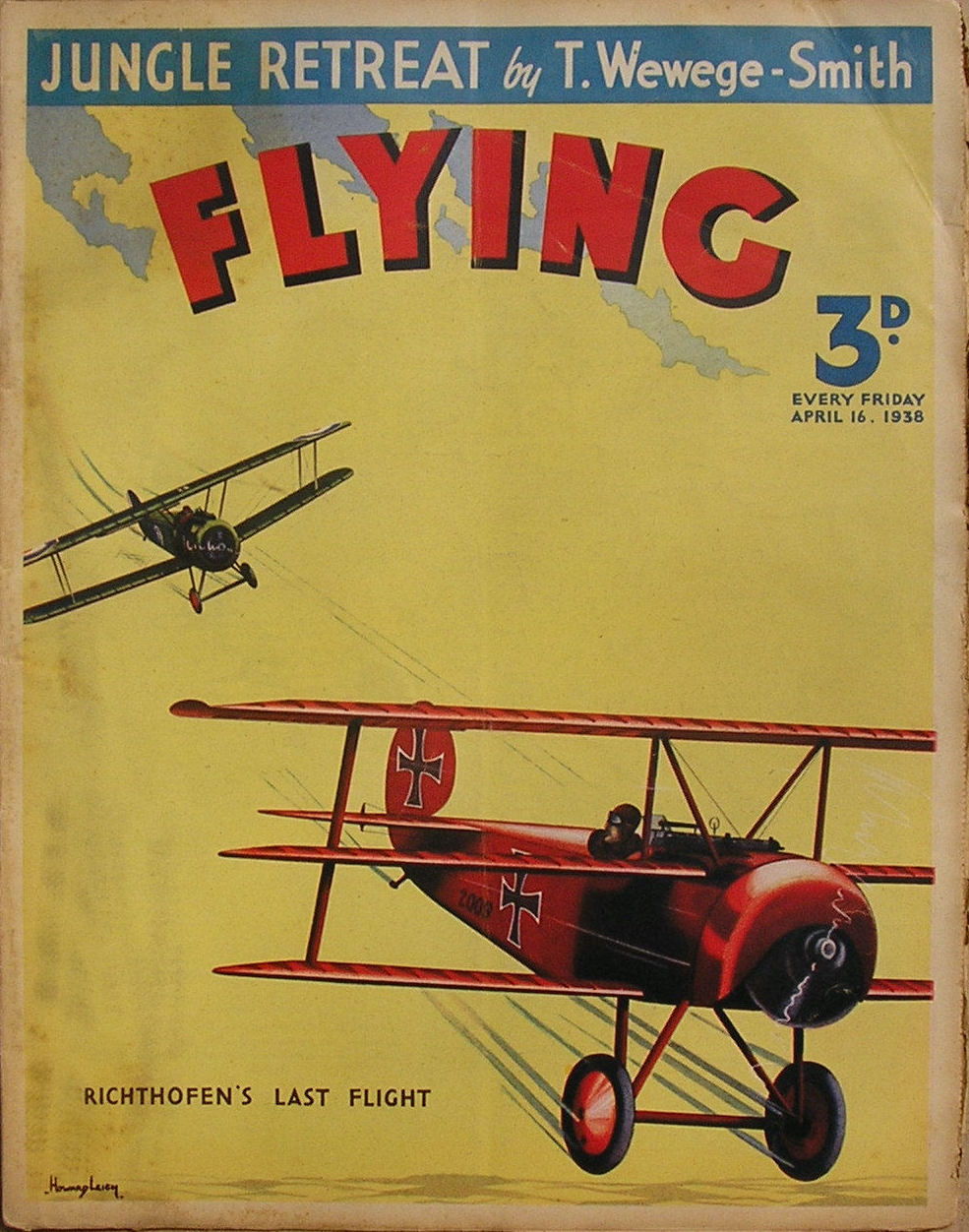 weekly paper of all things aviation, started up in England in 1938, amongst the articles and stories and photo features was an illustrative feature called “Heroes of the Air.” It was a full page illustration by S. Drigin of the events surrounding how the pictured Ace got their Victoria Cross along with a brief explanatory note.
weekly paper of all things aviation, started up in England in 1938, amongst the articles and stories and photo features was an illustrative feature called “Heroes of the Air.” It was a full page illustration by S. Drigin of the events surrounding how the pictured Ace got their Victoria Cross along with a brief explanatory note. 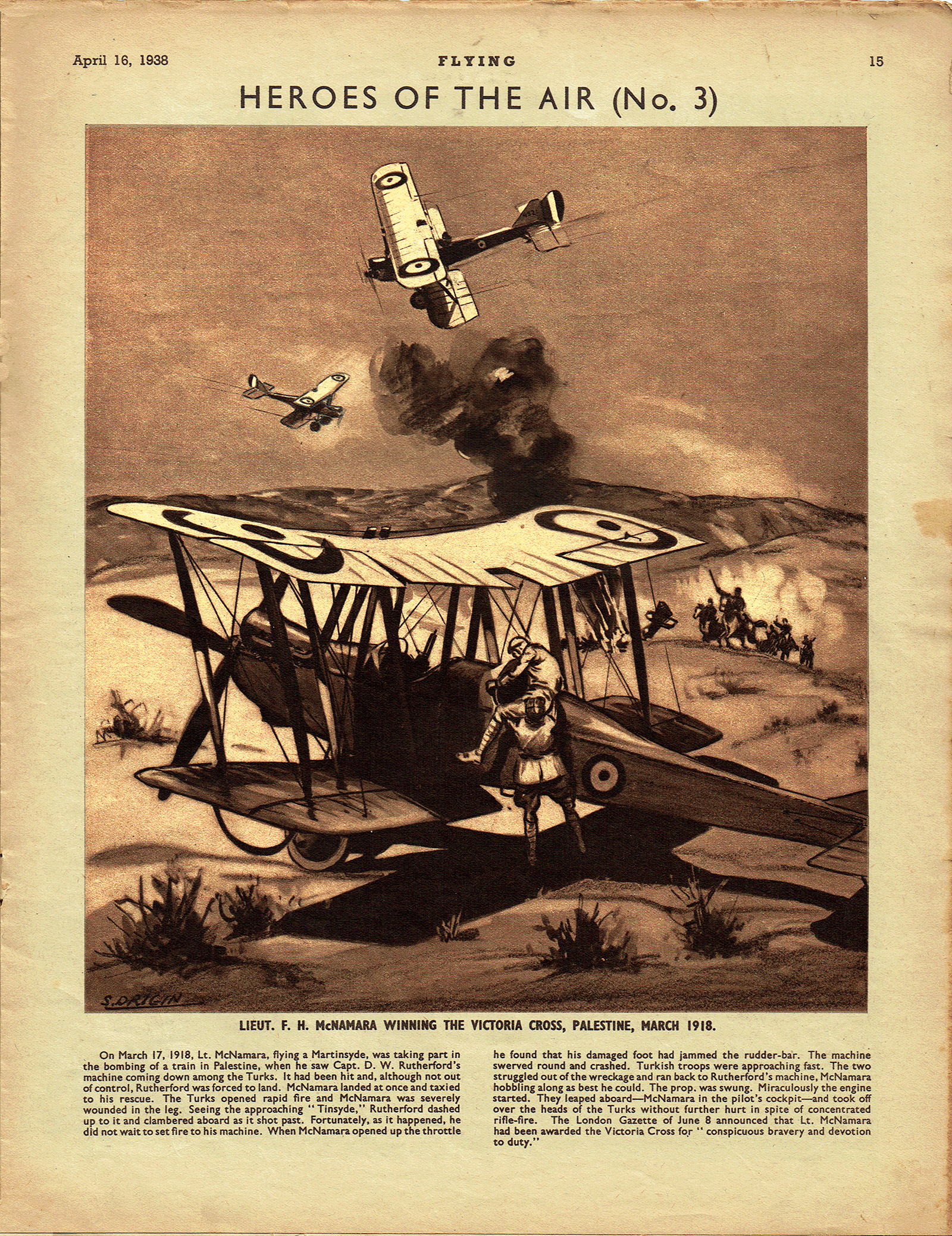
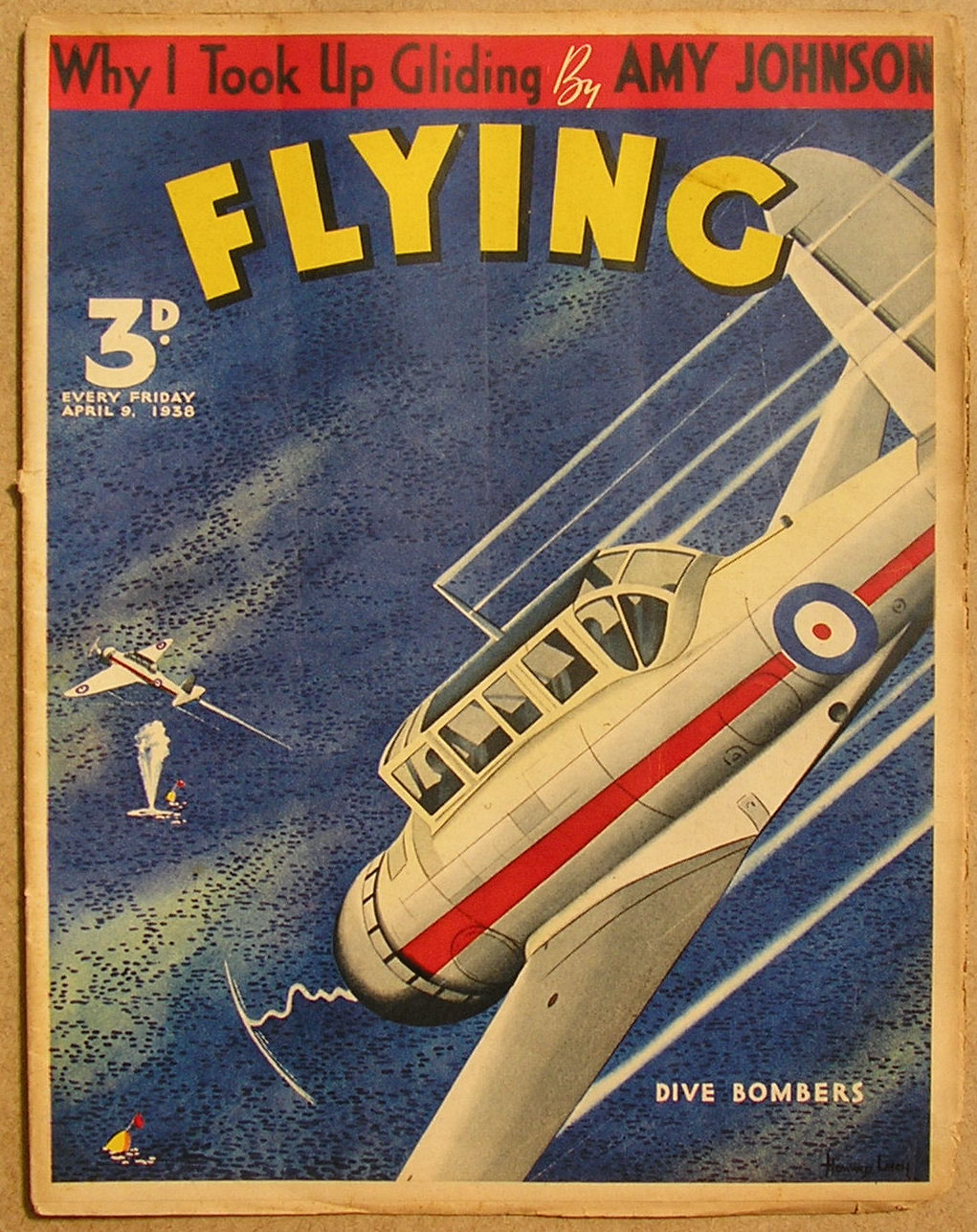 weekly paper of all things aviation, started up in England in 1938, amongst the articles and stories and photo features was an illustrative feature called “Heroes of the Air.” It was a full page illustration by S. Drigin of the events surrounding how the pictured Ace got their Victoria Cross along with a brief explanatory note.
weekly paper of all things aviation, started up in England in 1938, amongst the articles and stories and photo features was an illustrative feature called “Heroes of the Air.” It was a full page illustration by S. Drigin of the events surrounding how the pictured Ace got their Victoria Cross along with a brief explanatory note. 
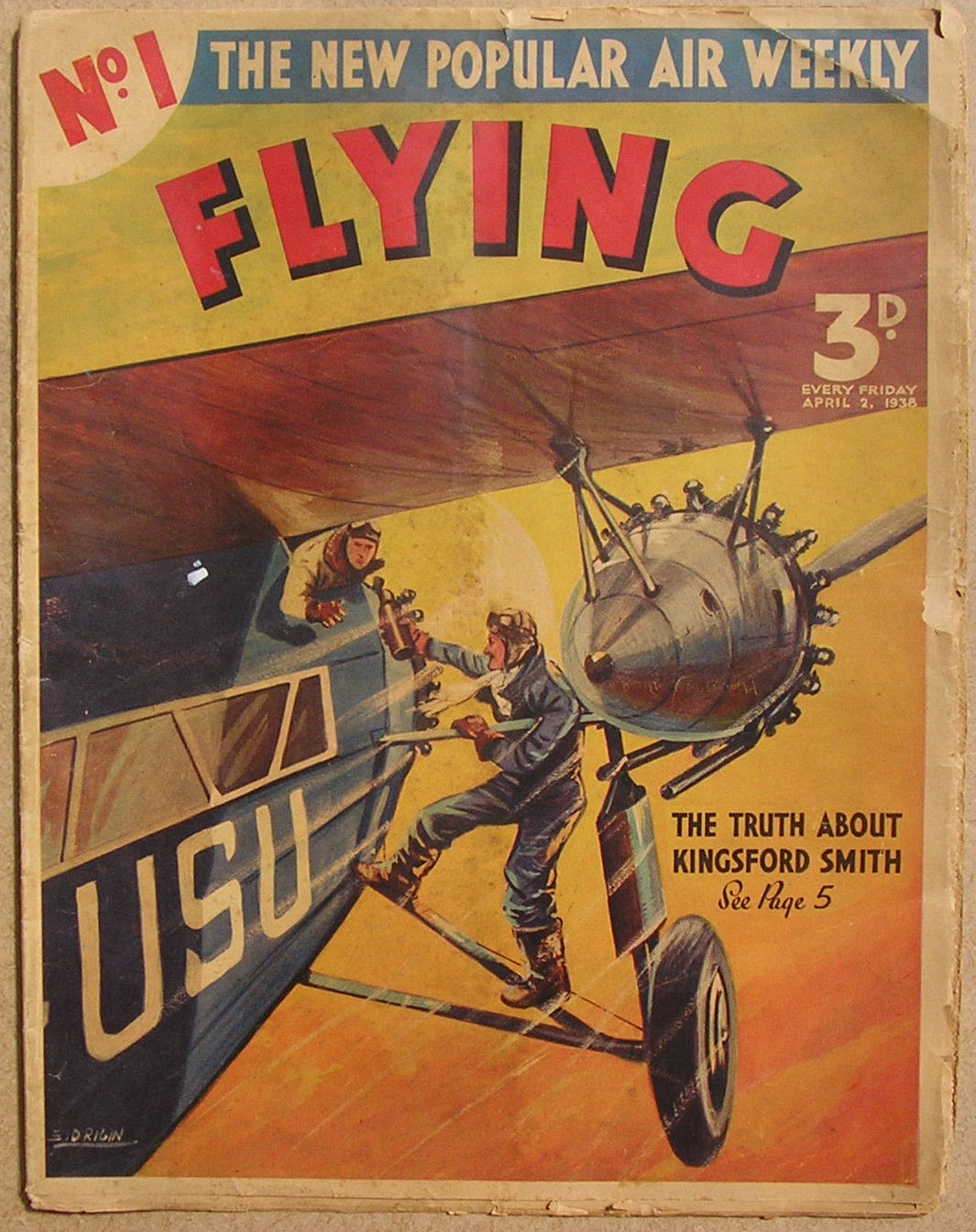 weekly paper of all things aviation, started up in England in 1938, amongst the articles and stories and photo features was an illustrative feature called “Heroes of the Air.” It was a full page illustration by S. Drigin of the events surrounding how the pictured Ace got their Victoria Cross along with a brief explanatory note.
weekly paper of all things aviation, started up in England in 1938, amongst the articles and stories and photo features was an illustrative feature called “Heroes of the Air.” It was a full page illustration by S. Drigin of the events surrounding how the pictured Ace got their Victoria Cross along with a brief explanatory note. 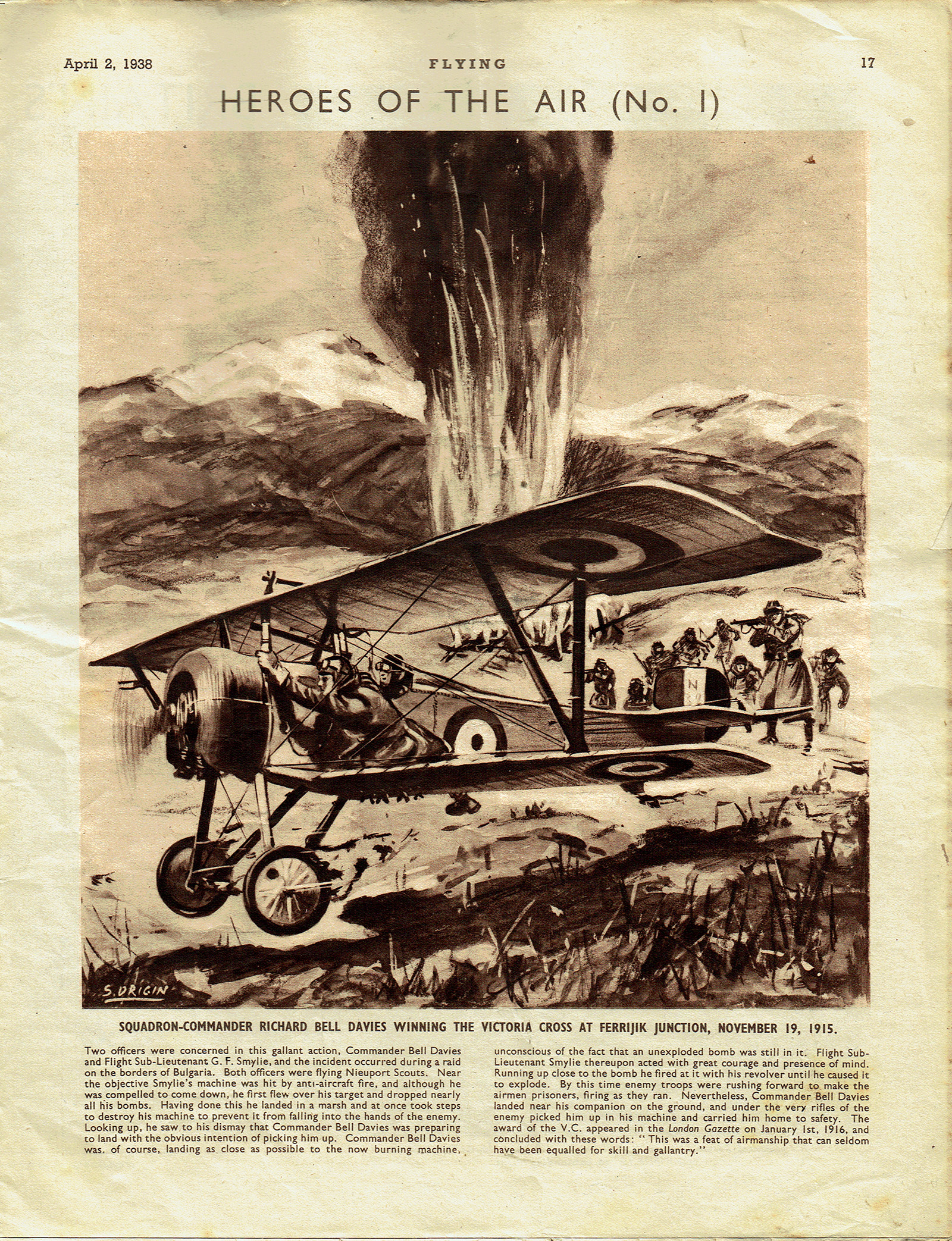
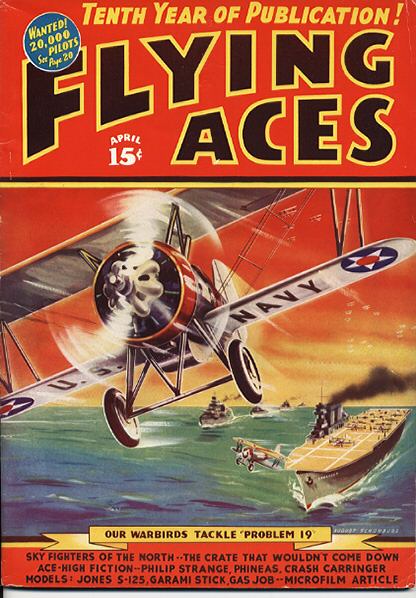 and there’s no bigger April fool than that Bachelor of Artifice, the Knight of Calamity, an alumnus of Doctor Merlin’s Camelot College for Conjurors himself—Lieutenant Phineas Pinkham, the marvel from Boonetown, Iowa!
and there’s no bigger April fool than that Bachelor of Artifice, the Knight of Calamity, an alumnus of Doctor Merlin’s Camelot College for Conjurors himself—Lieutenant Phineas Pinkham, the marvel from Boonetown, Iowa!